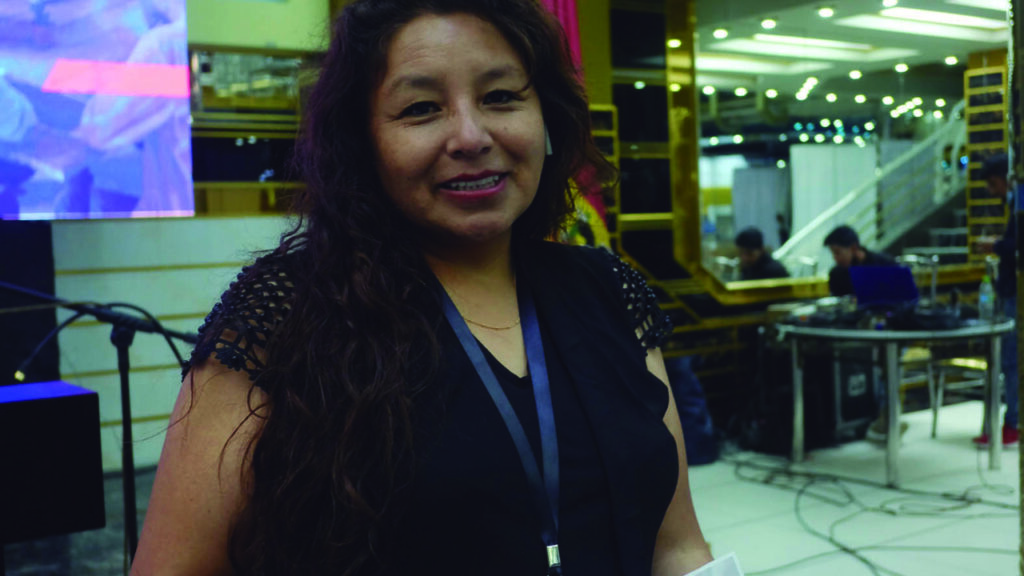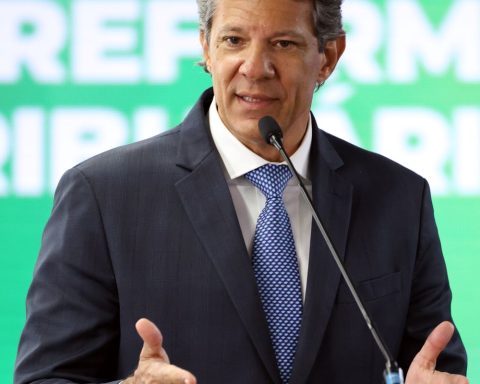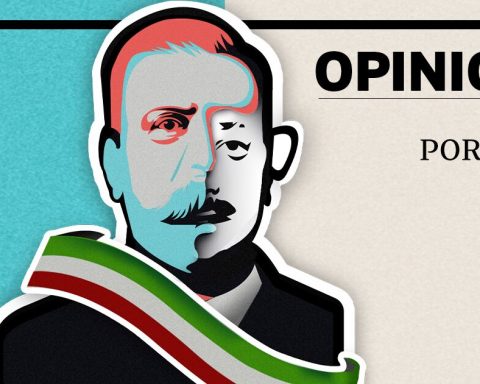The decision of several jurisdictions such as the City of Buenos Aires, La Plata and Tierra del Fuego, among others, to remove the mandatory use of the chinstrap in the school environment was described by specialists as “hasty” taking into account that there is still circulation of coronavirus in addition to other respiratory viruses such as influenza, for which masks would also be a useful prevention tool.
“It is shown that the use of a mask reduces the transmission of Covid-19 and for years we have known that it prevents the transmission of other respiratory viruses such as flu or influenza,” María Rosa Bologna, head of the Epidemiological Control and Infectology Control Service at the Garrahan Pediatric Hospital, told Télam. She added that “at this time we have a significant increase in flu cases, therefore it is necessary to use the mask, especially in closed places, including the school”.
As well the infectious disease doctor Leda Guzzi He believed that “it is not yet time; we still do not know how the pandemic will evolve because, on the one hand, we will have to see what happens with the introduction of the Ómicron subvariant BA.2 in our territory and, on the other, there is a risk of an evolution towards new more virulent variants”.
the other viruses
Guzzi, a member of the Argentine Society of Infectious Diseases (SADI), maintained that “in addition, cold temperatures are accompanied by a reduction in the application of other preventive measures such as ventilation and outdoor activitiesso the mask as a prevention strategy acquires a preponderant role”.
“In addition -he continued- with the cold, seasonal respiratory viruses such as influenza (which is currently responsible for an outbreak in Argentina) and respiratory syncytial virus emerge, and we still do not know the clinical severity of co-infection (for example, SARS- CoV-2 – influenza).
The specialist pointed out that “after the winter, we will have more information and data on what is happening in the countries that temporarily precede us in the pandemic and perhaps it can be considered as a possible measure.”
“One could think of stopping using the chinstrap if adequate ventilation was guaranteed in each classroom, but this is not the case,” says Conicet Researcher Rodrigo Quiroga.
In the same way, Conicet researcher Andrea Pineda Rojasfrom the Center for Research on the Sea and the Atmosphere (CIMA) and Conicet, told Télam that “it seems like a hasty decision considering the new waves of contagion in Asia and Europe, even in countries with a good level of vaccination.”
and remembered that “the mask reduces the level of exposure to aerosols potentially infectious and is one of the most effective measures to reduce the risk of contagion; I think it would be wise to continue using it especially now that the cold weather is approaching.”
For its part, the bioinformatician of the National University of Córdoba (UNC) and Conicet researcher, Rodrigo Quiroga, He maintained that “what is needed is long-term planning to define when to use masks because constantly changing the rules is counterproductive. Citizens need predictability to be able to understand the reason for the measures and comply with them.”
And he added that “in some European countries the use of masks had been reversed not only in schools but in general, such as Austria and Scotland, and they had to resume it due to the increase in cases. So, these comings and goings generate confusion and low adherence”.
For Quiroga, “planning should make it clear what the high, medium and low risk scenarios are and when to use a mask or not in each context. In the case of closed places with many people, I think there are still no conditions to leave to use it”.
In addition, he noted that “perhaps one could think of stopping wearing the mask if adequate ventilation was guaranteed in each classroom, But this is not so ; On the other hand, we are in an outbreak of influenza A and in the proximity of the cold that makes it less ventilated, two factors that make the measure not convenient.
“If there are places where ventilation is good, people are not crowded and there is not a high prevalence of cases, you can think about removing the chinstrap,” says physicist Jorge Aliaga.
.
For the physicist and researcher at Conicet Jorge Aliagathat the measures are taken at the regional level make sense because “the situation in each jurisdiction is different, not only in the circulation of coronaviruses but also in other respiratory diseases that ministers of health from different parts of the country are warning us that there are more cases than other Marches”.
“Then,” he continued, “you have to do a risk assessment of how many cases there are in each jurisdiction of respiratory diseases to think about the use of masks in closed places, both in the classroom and in any other space, and also see in which places it has been implemented. to mitigate risk controlled ventilation with carbon dioxide meters”.
“Because if there are places where ventilation is good, people are not crowded and there is not a high prevalence of cases, you can think about removing the mask. What I don’t think is that the argument is that people are tired of using the chinstrap,” he said.
The Federal Health Council reported that there has been a high number of cases of influenza, especially in children.
Last Friday, the Federal Health Council (a body made up of health ministers from all over the country) issued a statement in which warned of the need to “continue to use the mask indoors and keep the environments ventilated” and they agreed to suspend the obligation to comply with the distance of two meters.
In Argentina, after 8 consecutive weeks of decline in the number of Covid-19 cases caused by the omicron variant, there is a plateauing in the trend in the last week and adds “a detection of early circulation of a high number of cases of influenza, especially in the pediatric population,” the Cofesa statement said.
And he added that “there is global uncertainty about the behavior of the SARS-CoV-2 virus in the coming months, especially during the winter in the southern hemisphere (new variants, new peaks, co-circulation with other viruses”).

















